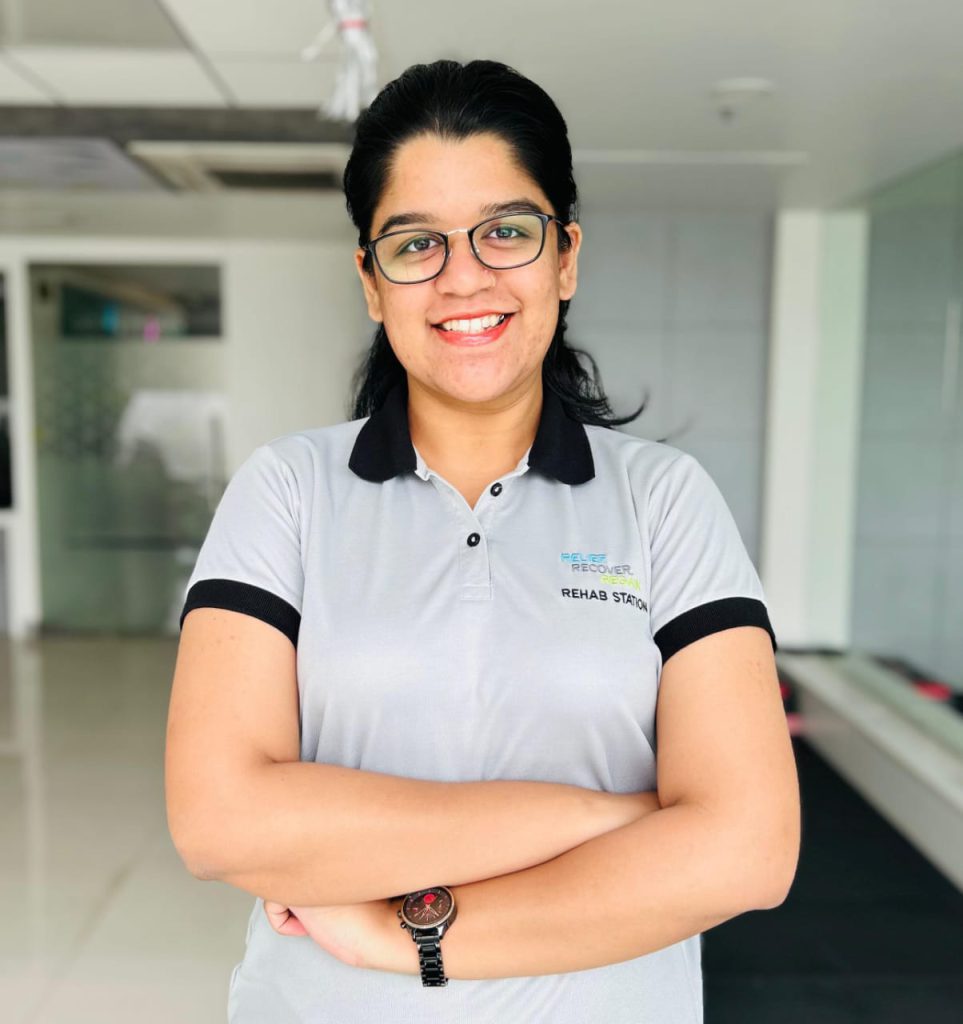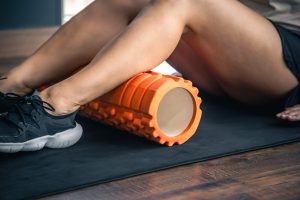Many athletes push their bodies to the limit, focusing on strength, flexibility, and endurance. But what happens when an athlete is diagnosed with scoliosis — a condition that causes the spine to curve sideways?
This blog explains scoliosis in athletes: what it is, how it affects sports performance, and how to manage it. We’ll also cover scoliosis treatment options, exercises, and tips to keep athletes strong, healthy, and confident.

What is Scoliosis?
Scoliosis is a condition where the spine has an abnormal curve, often shaped like an “S” or “C.” Instead of being straight when viewed from behind, the spine bends to the side.
There are different types of scoliosis:
- Idiopathic (most common, especially in teens)
- Congenital (present at birth)
- Neuromuscular (caused by nerve or muscle issues)
For athletes, idiopathic scoliosis is the most common.

How Common is Scoliosis in Athletes?
Studies show that scoliosis affects about 2-3% of the population, including athletes. Some may have mild curves and never notice symptoms, while others experience back pain, muscle tightness, or uneven posture.
Interestingly, many elite athletes — including swimmers, gymnasts, runners, and dancers — have scoliosis and still perform at a high level. With the right treatment and exercises, scoliosis does not have to end a sports career.
What will you see?
Here are some common signs athletes or coaches might notice:
1. Uneven shoulders or hips
2. One shoulder blade sticking out more
3. Rib hump when bending forward
4. Muscle tightness or pain on one side
5. Decreased flexibility or balance
6. Fatigue during training or matches
While mild cases may not cause major problems, moderate to severe cases can affect posture, breathing, and even performance in certain sports.
How Does Scoliosis Affect Athletic Performance?
The impact depends on the severity of the curve and the sport played.
For example:
- Swimming: Many swimmers perform well, but may feel uneven pull in the water.
- Gymnastics and dance: Requires flexibility and symmetry, so it can make certain moves more challenging.
- Running and cycling: May lead to muscle imbalances, causing overuse injuries.
- Contact sports (football, basketball): Players may experience back pain or higher risk of injury.
The good news? With proper management, athletes can stay competitive and even gain unique strengths by developing body awareness and balance.
Treatment Options for Scoliosis in Athletes:
Regular Monitoring
If the scoliosis is mild, regular check-ups with an orthopedic doctor or physiotherapist are essential to monitor any changes.
Bracing
In growing teenagers, wearing a back brace can help prevent the curve from worsening. Many athletes successfully compete while wearing a brace, though it may require adjustments in training.
Physiotherapy
It focuses on:
- Strengthening weak muscles
- Stretching tight muscles
- Improving posture and spinal alignment
- Core stability exercises
A personalized exercise program is key to maintaining spinal health and preventing pain.
Surgery (for severe cases)
Surgery, such as spinal fusion, is only recommended if the curve is severe (usually over 45-50 degrees) and causes significant problems. Many athletes continue sports after recovery, but rehabilitation is crucial.
Our Scoliosis Rehab Program:
At Rehab Station Pune, we offer specialized scoliosis rehabilitation designed for athletes. Our expert physiotherapy team conducts customized, thorough evaluations to understand each athlete’s spinal condition, posture, and movement patterns. We use advanced technology like the HUBER 360, a cutting-edge system that improves spinal mobility, balance, and athletic performance through dynamic movement training. For athletes struggling with stiff or tight muscles, we apply shockwave therapy to release tension and reduce pain effectively. Most importantly, we design customized exercise plans that not only correct spinal alignment but also target sport-specific simulations, ensuring athletes build strength and skills relevant to their sport. At Rehab Station Pune, we are committed to helping athletes with scoliosis achieve their peak potential safely and confidently.
Checkout a glimpse of scoliosis rehab at Rehab Station!
Tips for Coaches and Parents:
If you’re a coach, trainer, or parent working with an athlete who has scoliosis, here’s how you can help:
- Stay informed: Understand the athlete’s condition and what movements to avoid.
- Modify training: Adjust exercises to reduce strain on the back.
- Promote balance: Focus on both sides of the body, not just the dominant side.
- Encourage rest and recovery: Avoid overtraining, which can worsen pain.
- Communicate regularly: Check in with the athlete about pain or discomfort.
Can Athletes with Scoliosis Compete at a High Level?
Absolutely! Many professional athletes with scoliosis have succeeded in sports like swimming, tennis, gymnastics, and skiing.
Examples include:
- Olympic swimmer Natalie Coughlin
- Professional tennis player James Blake
- US Olympic gymnast Dominique Moceanu

Their success shows that with determination, support, and proper care, scoliosis does not define an athlete’s potential.
Remember, early management, body awareness, and a positive mind-set go a long way in helping athletes stay active and successful.
-Dr. Tanmayee Pore (PT)
Musculoskeletal Physiotherapist, Rehab Station
Pune


